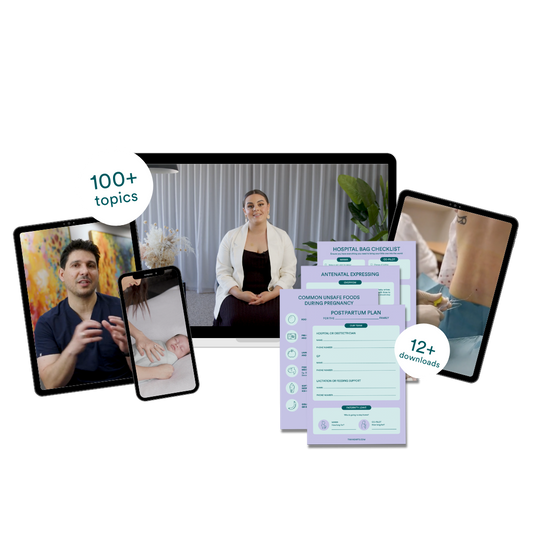Both my pregnancy and the birth of our son Elijah were, for the most part, straightforward. I had a growth scan at 39 weeks as my fundal measurements had not changed for a few weeks.
The scan showed that Elijah measured roughly at the size of an average 36-week baby, and they suspected he might have Infant Growth Restriction.
As a precaution, my obstetrician determined it would be the safest option to induce me on my due date. Two days before we went in for the induction, I went into early labour. On Tuesday, 13 March 2018, at 5.49 am, I held our precious little boy in my arms for the first time. Almost immediately, I noticed something different about his eyes. Before they were even wholly opened, I could tell that there was a difference in the lines outlining the shape of his little eyelids. I raised it almost daily with my obstetrician during his hospital visits.



At first, he investigated the potential of an infection in the eye, causing it to appear (almost) sealed shut, but we ruled that out. He then made a plan that we would reinvestigate at the two weeks check up and if necessary, raise a referral to an ophthalmologist.
There was some hope that perhaps Elijah had not yet opened the eye fully but may do so before the two-week check-up. I remember lying on my bed the night following Elijah’s birth frantically scouring the internet for information on what it could be and feeling incredibly overwhelmed.
Two days after taking Elijah home, we made an appointment with a local GP with the intention of pushing for a referral to see an ophthalmologist. There was no way I could wait another two weeks at that point.
We received the referral and went to the first of many specialist appointments and ultrasounds. It felt like months before we had a diagnosis for Elijah’s condition. We have seen numerous specialists, and I now know my way around the hospital like the back of my hand. There were some frightening suggestions made during the investigative process such as ‘retinoblastoma’ and the potential of him having the small eye that he did have, removed. It was a lot to take in and contributed to some severe postnatal anxiety, but that is another story.
Finally, we had a diagnosis. Elijah has a condition called Microphthalmia (“small eye”) caused by Persistent Hyperplastic Primary Vitreous (‘PHPV’). It was described to us in layman’s terms as essentially there is a part of the eye that should retract before birth allowing the eye to grow to full size, but this did not happen in Elijah’s case. In addition to his condition, Elijah is blind in his right eye. We are incredibly lucky that his condition is isolated to his eye, and that there is treatment for it – albeit predominantly for cosmetic purposes and facial symmetry. He will never be able to see out of his right eye.


Over the past two years, Elijah has seen multiple specialists, had ultrasounds, an MRI and his first scleral shell fitting under general anaesthetic. We also partake in early intervention services. Elijah currently wears a scleral shell, and each year (if not sooner) will have the size increased. This allows his socket to grow to a similar size as his left and allow for facial symmetry.
Naturally, we worry about what the future will be like for Elijah as we know that there are people out there who may make fun of his appearance, but he is such an incredibly happy toddler we have confidence that he will be just fine.
To one extent, it feels like we are at the beginning of our journey now with his ongoing fittings, but looking back, it is amazing to see how far we have actually come as a family. Elijah is such a strong, little guy and seeing how well he handles all of his appointments gives us so much strength and hope for him.










